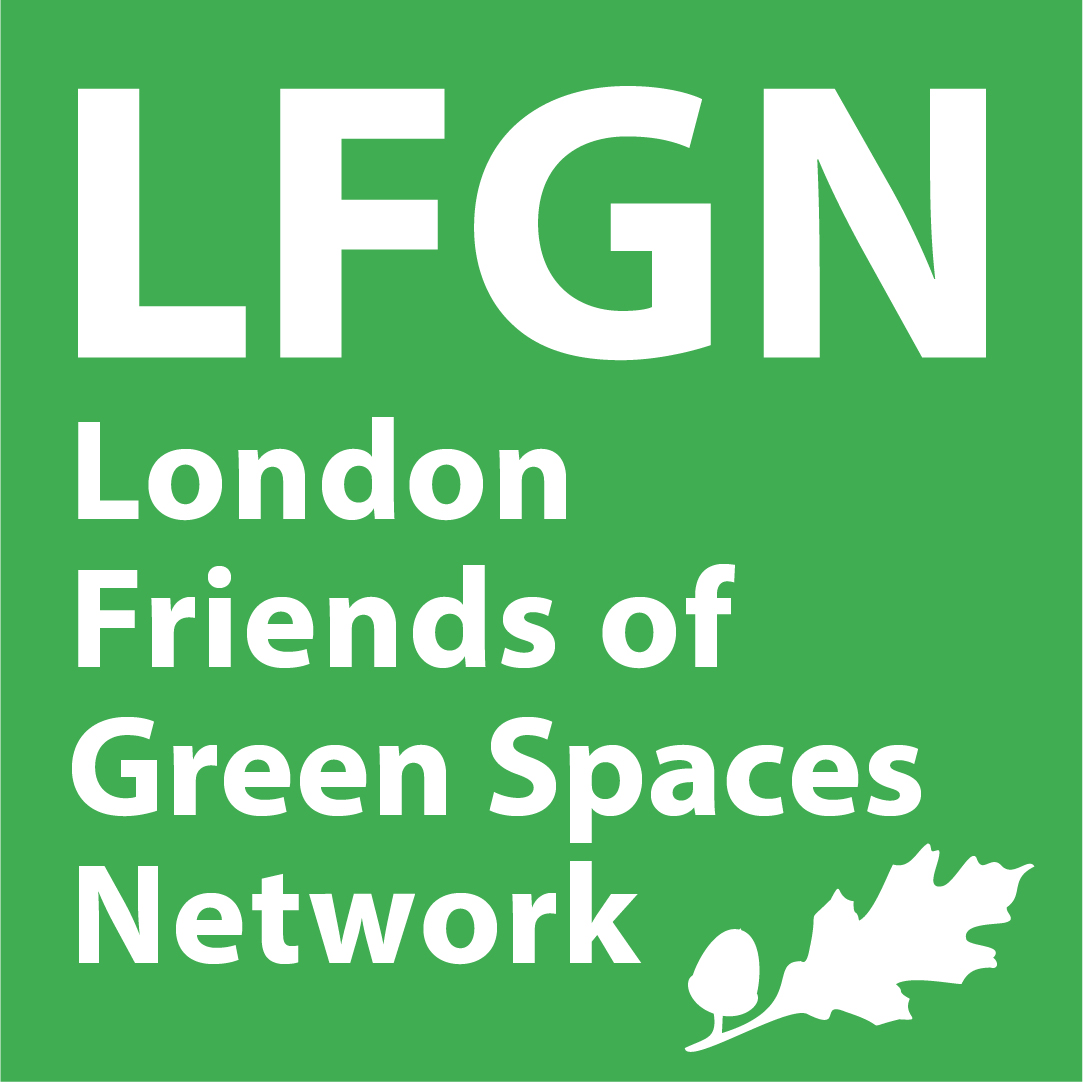There is an interesting article from the BBC in 2014, about a study published in Royal Society Journal B: A global analysis of the impacts of urbanization on bird and plant diversity reveals key anthropogenic drivers:
The readable summary, written by Mark Kinver, says:
” A dataset, described as the largest of it kind to date, has assessed the impact of urbanisation on biodiversity levels around the globe.
It found that cities supported far fewer species of birds and plants compared with similar areas of undeveloped land.
However, it showed the vast majority of flora and fauna in a city reflected an area’s ‘unique biotic heritage’.
“While we show that urbanisation has caused cities to lose large numbers of plants and animals, the good news is that cities still retain endemic native species, which opens the door for new policies on regional and global biodiversity conservation,” said co-author Myla Aronson, a research scientist from Rutgers University, in the US state of New Jersey.
“In particular, the study highlights the value of green spaces in cities, which have become important refuges for native species and migrating wildlife.”
The international team of researchers collected lists of plants in 110 cities and lists of birds found in 54 cities around the world.”
Study shows urbanisation’s impact on biodiversity

